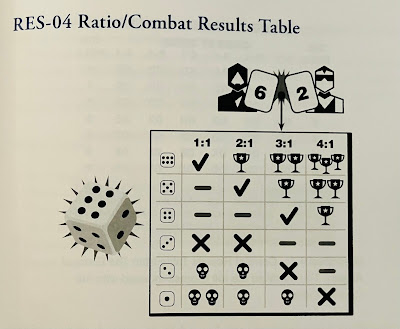In between wrapping up things at work for my retirement and preparing for moving house and country, which is now just three months away, I did manage to find time to paint a couple of samurai bases to add to my samurai armies. I may use these bases as messengers, tsuhai-ban, in my Senguko period samurai games as I am currently thinking of adding some messenger rules.
 |
| A couple of Houhai-ban for my red samurai army |
On the gaming front, the book "Building Blocks of Tabletop Game Design - An Encyclopedia of Mechanisms" arrived in the post. The book is mainly about board game mechanisms, but it includes many rule mechanisms that are applicable to miniature gaming as well.
 |
| The new book. Paperback, 2nd edition, and 560 pages. |
The book is divided into 13 sections, each covering the different types of rule mechanisms:
Game Structure - 10
Turn Order and Structure - 17
Actions - 23
Resolution - 26
Game End and Victory - 21
Uncertainty - 14
Economics - 20
Auctions - 18
Worker Placement - 8
Movement - 24
Area Control - 8
Set Collection - 5
Card Mechanisms - 9
The numbers next to each section indicate the number of mechanisms described. Each mechanism is covered over 2-3 pages and includes:
Name: Each mechanism is given a name (e.g., Ratio/Combat Results Table).
Diagram: A diagram visually illustrating how the mechanism works. These are very clever and nicely done, almost a visual summary.
 |
| The diagram the Ration/Combat Results Table) |
Description: A brief outline of the mechanism.
Discussion: The largest section, which provides more details about the mechanism, including how it functions in a game, examples, occasionally an illustration, and advice for designers.
 |
| An example illustration for the discussion on the Die Icons mechanism. |
Sample Games: A few examples of games that use the mechanism.
It is not the type of book I will read start to finish, but is one I will pick up and read through a few rule mechanisms I’m interested in, or want to find out more about. The book is 560 pages long and is a really good browsing book if you are interested in rule mechanisms. I plan to use it for ideas when writing home-brew rules and setting up my campaigns.
The book is a bit on the expensive side for me and I did wonder if I had done the right thing when I clicked to purchase, but I am glad I bought it. I expect to get a lot of enjoyment from reading about new mechanisms, understanding how they work, and picking up new ideas.
 |
| A samurai game currently underway on the tabletop. |
Very interesting looking book Peter.
ReplyDeleteThe game looks great as well. I like how the river meets the river shown in the background.
The rivers meeting was just a bit of luck, no planning on my part.
DeleteHave seen this book mentioned. Thanks for the quick overview!
ReplyDeleteI am still enjoyably browsing through the book and reading the mechanisms that look interesting or that I have played in games.
DeleteHi Peter I looked up the book myself and it looks very good, and IMHO a useful addition to any wargamers shelf. As my parents used to say, money spent on books is seldom wasted!
ReplyDeleteWow so close to retirement must be exciting! More painting and gaming is ahead! I still have about 13 years of toil left.
It is book I will certainly will be referencing. As for my impending retirement it just seems weird, but I am looking forward to more wargaming time.
DeleteDefinitely sounds like an interesting book! I don’t envy you the hassle of your upcoming move!
ReplyDeleteWe are trying to prepare early for the move to avoid the last minute rush (panic).
DeleteI can imagine there are a lot of very interesting ideas in that book Peter - the main problem may come when you find two or three mechanisms for, say, resolving conflict, and you like bits of each of them!
ReplyDeleteYes, there could be a few dilemmas deciding in the future.
Delete
ReplyDeleteI like those dice.
Thanks
DeleteGood luck with retirement and the move. 😀
ReplyDeleteThanks. Lots to think about.
Delete